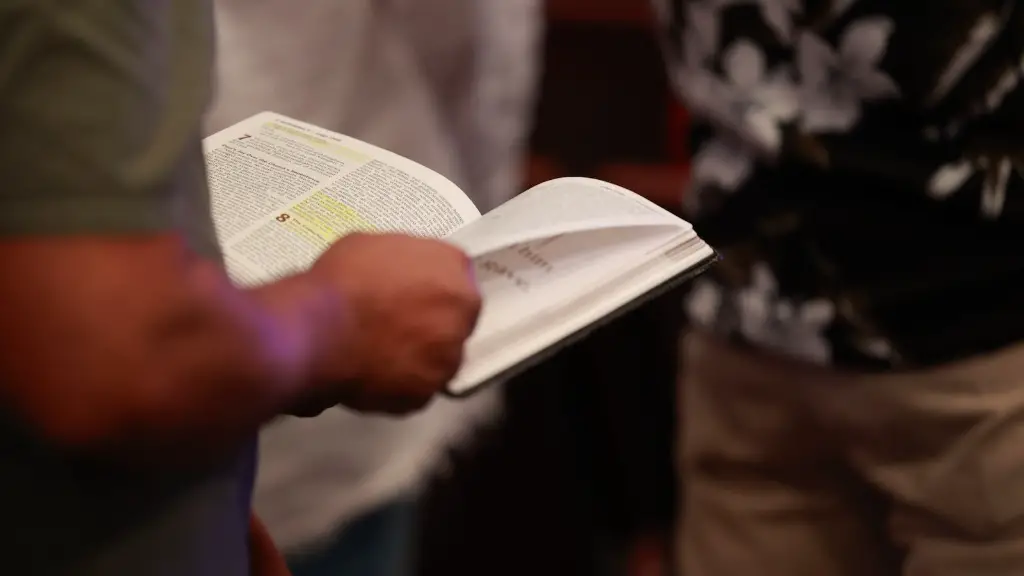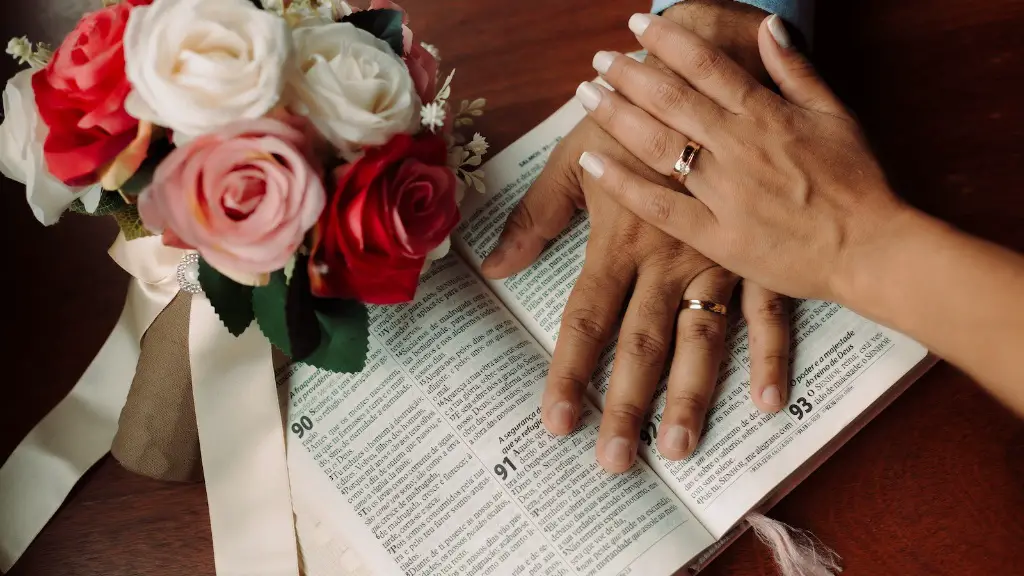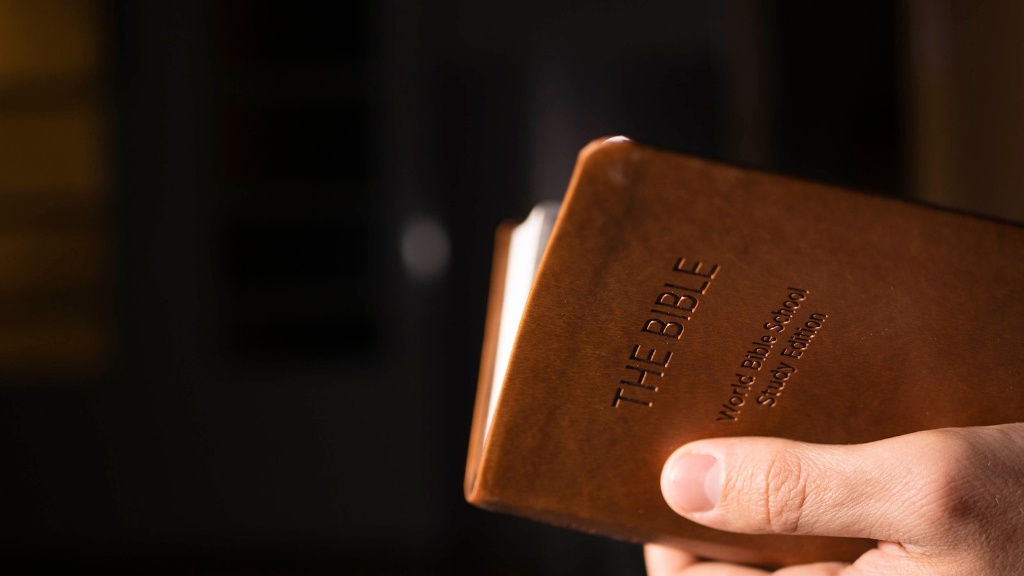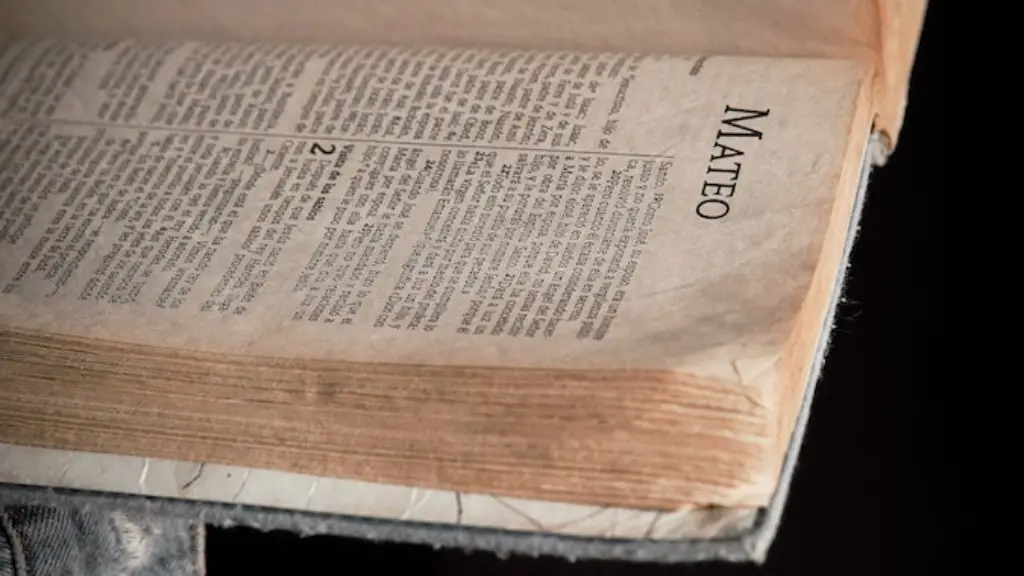Biblical Account of Cherubs
The Bible first mentions cherubs in Genesis 3. Here, we are introduced to the cherubim sent to guard the Garden of Eden to prevent any access to the Tree of Life, following Adam and Eve being forced out of the Garden. Further, the cherubim have four faces that are commonly thought to be those of a lion, ox, man and eagle. It reflects the idea that God is supreme, and no one can go against Him.
In Exodus 25, cherubs are also featured in connection with the cherubim in golden sculptures, which are made to be mounted on the mercy seat of the ark of the covenant. This story is also placed in Ezekiel 1, where the throne of Yahweh is seated on four great cherubim. This can be seen as depicting the protection that God offers His people, as well as the omnipresence of His will.
The cherubim are also mentioned frequently throughout the Old Testament in connection with the sanctuary, for example in 1 Kings 6:23-35. Here, their wings were spread and moved so that they touched each other in the middle, symbolizing the protection and presence of God. Furthermore, 2 Chronicles 3:7-14, tells of cherubs as decoration around the second temple.
Perhaps the most significant mention of cherubs in the Bible can be found in Numbers 21:7-9, which sees God coming to save Israel from their enemies on a chariot of cherubim. This can be seen as a symbol of His power and guidance, and remains an inspiring message of the Lord’s desire to help those in need. Further, the inclusion of cherubs by the prophets influences their writing and adds a level of symbolism and spiritual significance to the text.
Symbology of Cherubs
Throughout the Bible, cherubs are associated with a number of poignant symbols. Primarily, they represent power, protection and holiness; something that God uses to protect His people and protect His sanctuary. Furthermore, the symbols of the faces of the cherubim, such as the lion, ox, man, eagle and the outstretched wings demonstrate Gods omnipresent power and eternal will.
The cherubim are also used as a symbol of love and mercy. Their presence at Birth of Jesus, reminded the people of God’s love and care, as they looked out to keep an eye on the Holy Family. Further, the cherubim stand to represent God’s interest in his people. In 1 Kings 6:25-27, cherubs are carved onto the walls and ceiling of the temple, indicating the Lord’s devotedness and guidance to his servants.
Understanding the significance of cherubs can also involve acknowledging their role as guardians. In Ezekiel 10:15-17, we are told that the cherubs were used as a barrier to protect the inner sanctum of the temple. Further, they were used to defend Israel from its enemies, keeping them safe under the Lord’s wing. Additionally, the presence of the cherubim expresses power and justice, as they can be seen as the executors of God’s wrath against the wicked.
Atheological Perspective of Cherubs
Theologically, there is still much debate over the origin and purpose of cherubim. For example, Angelology scholars have identified them as a type of angel, and hypothesize that they may be a representation of four holy creatures mentioned in Ezekiel 1. Additionally, some have speculated that the cherubim were a part of early mythology, and that their stories may have evolved over the history of the Jews. Others believe that the cherubim represent a spiritual power that was used to protect people and divine places from harm.
Theologians have also identified the cherubim as a symbol of God’s omnipotence, omnipresence and omniscience. These meanings can be seen as a part of the concept that God is the Creator and cares for His people, expressed through His creation of the cherubim. Further, the presence of the cherubim signifies God’s plan to offer protection and deliverance to His people.
Cherubs also have a religious significance, as they are seen as a messenger of Divine will, guiding and protecting those who are close to God. This is seen in passages like Ezekiel 10, where we read of the cherubim being sent to protect the city of Jerusalem. Thus, when it comes to cherubs, it is important to appreciate the religious, spiritual and mythical element of them, as understanding their symbols and purpose in the Bible can provide greater insight into the relationship between humans and God.
Religious Representations of Cherubs
Religious representations of the cherubs are seen all over the world, from artwork to sculptures in spiritual areas. For example, the cherubs can be seen around the high altars in many Churches and Cathedrals, often in the form of sculptures or paintings. This is because the cherubs were believed to accompany the deity, and were often seen as symbols of beauty, perfection, divine wisdom and innocence.
Cherubs are also frequently portrayed in artwork where they are represented as human in form with wings, often depicting angels or cupid. Additionally, the cherubim are regularly associated with the four evangelists in the Bible, with a cherub assigned to each of them. These associations are often seen in religious artwork, particularly in Gothic and Renaissance art. The cherubim are also interpreted in film and television, used as a means to introduce another layer of spiritual and religious meaning.
In summary, cherubs are deeply significate in the Bible, having been associated with emotionally evocative symbols such as power, protection and divine will. Their presence in the Bible allows us to stay connected to the Lord and learn from their protective care. Further, cherubs are representated all over the world in a range of different forms, including in art, sculptures and film.
Modern Interpretations of Cherubs
Modern interpretations of cherubs tend to vary depending on how individuals and cultures associate them with the Bible. For some, the cherubim represent a form of guardian angel, providing protection and guidance for those experiencing hardship. For others, the cherubim are seen as the executors of God’s wrath, punishing the wicked and reminding us to stay true to our faith.
The image of the cherubim has also developed significantly in popular culture. In film, they are often depicted as symbols of love, as they can be seen in stories such as Cinderella and Romeo & Juliet. Furthermore, cherubs are often used as representation of innocence in art, with them being depicted in many famous renaissance and post-renaissance paintings.
The concept of the cherubim has also been imagined into a range of products, from stuffed animals and dolls to home decorations and clothing. Many people adopt the concept of cherubs for everyday use for a range of reasons. This can include the showing their love for their faith, or a desire to protect those close to them from harms way.
In addition, people who identify with spiritualities outside of Christianity still use the imagery of the cherub in their designs, often abstracting the features and attributing their own meanings to the imagery. Indeed, the incorporation of the cherubim into religion and culture allows it to remain a potent symbol of power, protection, mercy and devotion.
Cherubs in Popular Culture
The image of the cherubim is also seen throughout popular culture, where it often takes on a range of different forms. For example, the cherubim are a popular symbol in literature and film, often used to bring a spiritual and religious aspect to the narrative. Additionally, the image of the cherubim is often used in comics and cartoons to represent a protective influence, particularly in stories oriented towards children.
The cherub has also been used in music and songwriting. Cherub references can be found in musical styles such as Rock, Pop and R&B, often used as a way to illustrate religious beliefs or as a representation of love between two people. In addition, the presence of cherubs in music has been used to evoke a sense of comfort and protection, reminding the listener of God’s divine love.
In terms of fashion, cherubs have been used as a way to add a spiritual element to clothing, used to express the wearer’s faith or devotion in a unique way. Further, with the rise of social media, the image of the cherub has been adopted by many individuals as a way to pay homage to the Bible. We can see this in the use of imagery and phrases such as ‘Cherub vibes’ and ‘Guard me like a cherub’ as seen across numerous platforms.
Ultimately, the preservation of the cherub in culture allows for its significance to remain prominent for generations to come. The presence of the cherub continues to be used as a means to bring people together and share faith, no matter the individual country or culture.
Conclusion
In conclusion, the cherubim have gained wide recognition throughout the Bible, with their presence bringing a power, protection and holiness to the Word of God. As religious symbols, we learn that the cherubs stand to represent God’s love, mercy and divine will to protect and guide His people. And, as modern interpretations of the cherubs continue to be adopted in a range of contexts, we can learn that their significance is still held deeply in the hearts of individuals throughout the world.





